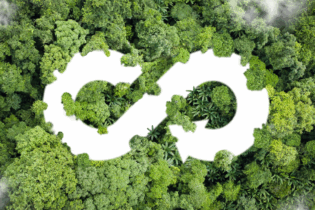A university materials science and engineering team has developed a new energy cell that can store large-scale solar energy even when it’s dark.
This innovation, from the University of Texas at Arlington team, is an improvement over most common solar energy systems that rely on using sunlight immediately as a power source. Those systems are hindered by not being able to use that solar energy at night or when cloudy conditions exist. The UT Arlington team developed an all-vanadium photo-electrochemical flow cell that allows for efficient and large-scale solar energy storage even at nighttime. The team is now working on a larger prototype. “This research has a chance to rewrite how we store and use solar power,” says Fuqiang Liu, an assistant professor in the Materials Science and Engineering Department who led the research team. “As renewable energy becomes more prevalent, the ability to store solar energy and use it as a renewable alternative provides a sustainable solution to the problem of energy shortage. It also can effectively harness the inexhaustible energy from the sun.”The research is detailed in “Reversible Electron Storage in an All-Vanadium Photoelectrochemical Storage Cell: Synergy between Vanadium Redox and Hybrid Photocatalyst,” in the most recent edition of the American Chemical Society journal ACS Catalysis.
Dong Liu, lead author of the paper, says a major drawback of current solar technology is the limitation on storing energy under dark conditions. “We have demonstrated simultaneously reversible storage of both solar energy and electrons in the cell,” Dong Liu notes. “Release of the stored electrons under dark conditions continues solar energy storage, thus allowing for unintermittent storage around the clock.” Zi Wei, a UT Arlington doctoral candidate and another co-author of the paper, says that the research should allow solar energy storage to be done in a much higher capacity and on a much larger scale. “Using an all-vanadium photo-electrochemical cell gives our energy storage an edge over other systems,” Wei notes. “This cell allows us to attain higher storage capacity in a smaller unit.” –ScienceDaily







